I’d be ignorant of the Japanese food scene if it wasn’t for anime. Like many of you, I also discovered bonito flakes from Devilman Crybaby. I’ll be honest here, the idea of putting a bunch of dancing worm-like stuff on my food didn’t intrigue me back then.
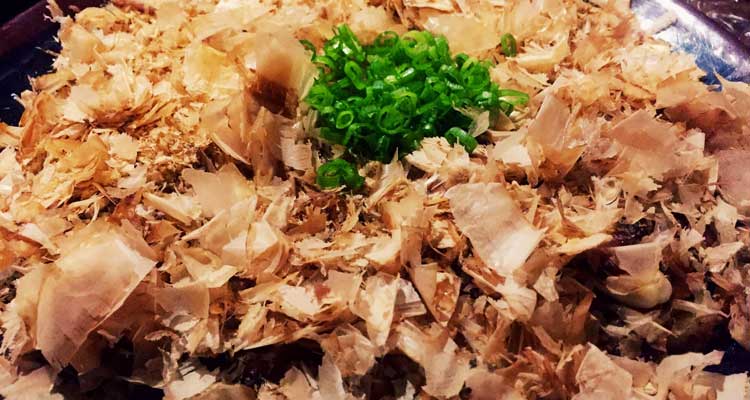
But years later, when I saw it on the shelf of the Asian aisle in my grocery store, I went ahead and bought a pack.
Suffice to say, it was one of the best culinary decisions of my life. Bonito flakes are a warehouse of umaminess. Use these paper-thin shavings on top of your rice, eggs, soups, or any savory dish to amplify the umami sensation.
But what on god’s green earth are bonito flakes? Allow me to explain.
Table of Contents
What are Bonito Flakes (and Why You Should Not Miss Out on It)?
Bonito flakes, known as katsuobushi in Japanese, are boiled, smoked, dehydrated, and shaved skipjack tuna fish. This fish is also called oceanic bonito, hence the name.
So, does it taste and smell kinda fishy?
No, not really. It does carry a nuanced flavor of fish which wonderfully complements the more pronounced smoky and savory flavors.
Where to Use Bonito Flakes?
As I said before, katsuobushi or bonito flakes are umami enhancers. It’s one of the primary ingredients of dashi, a soup stock that forms the base of a plethora of Japanese dishes such as ramen and miso soup.
You can also use it in onigiri or rice balls and sushi rolls for added texture. To most Japanese people, it’s a cardinal sin to eat okonomiyaki (egg and cabbage pancake) and takoyaki (round balls made of grilled octopus) without a generous topping of bonito flakes.
Cooking a Japanese dish that’s lacking in that “OMG” factor despite doing everything right? Spruce your dish up with some bonito flakes. It’s probably what you need to add the “O” in OMG.
What If You Can’t Use Bonito Flakes?
I know a lot of people who are allergic to fish or simply can’t stand the smell. Alternative scenario, there are no bonito flakes in your pantry.
How to bring the same level of umami richness and roundness of flavor in your dishes without bonito flakes?
While you can always make a trip to the store, it’s always better to know about substitutes in case you can’t find any bonito flakes. Below is a comprehensive list of the best bonito flakes substitutes to save your day.
8 Amazing Bonito Flakes Substitutes You Can’t Go Wrong With
Before I talk about the best possible bonito flakes substitutes, I believe a brief introduction to “umami” will help you pick the right alternative.
Umami is predominantly triggered by the taste of glutamate, a salt of glutamic acid, inosinic, and guanylic acid. The key to nailing umami-rich dishes like ramen broth, soba soup, and miso soup is to harmonize the flavors of all the ingredients.
The synergistic interaction between the glutamates in kombu kelp and the inosinates in bonito flakes in dashi paves the way to savory goodness.
Is it even possible to replicate the same depth of flavors without bonito flakes?
Well…not exactly but you can still get pretty close. Let’s see what our substitution options are:
1. Kombu or Konbu
Yes, you can make a vegetarian version of dashi only by steeping this dried seaweed in hot or cold water. Kombu dashi is the perfect vegetarian alternative to awase dashi (made with kombu and bonito flakes).
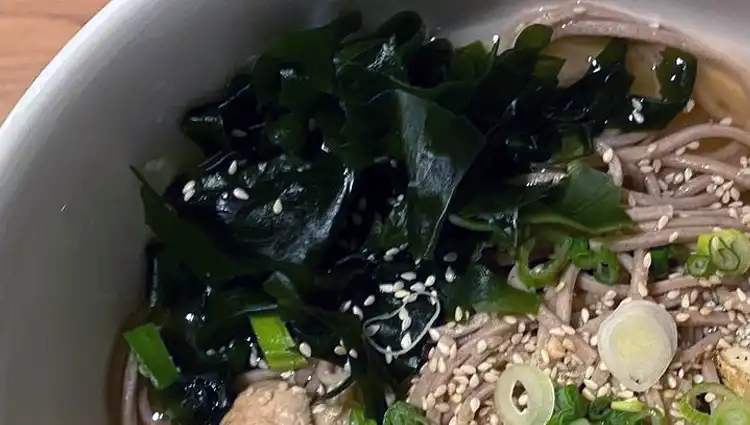
Kombu kelp is packed with glutamic acid and the resulting soup stock will definitely add an additional layer of savoriness to your dishes.
2. Dried Shiitake Mushroom
While fresh shiitake mushroom works too, I’d strongly recommend using the dried version to replace bonito flakes. Shiitake mushrooms are loaded with guanylate, a natural sodium salt that elicits umami taste response.
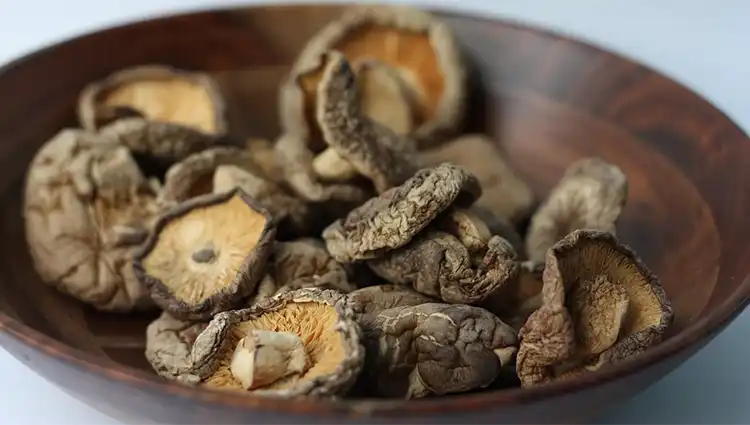
The drying process dials up the guanylate concentration in the mushrooms. I’ve made dashi with kombu and dried shiitake mushrooms several times. The results didn’t make me miss bonito flakes that badly.
3. Toasted Soy Beans
I came across this version of bonito flake-less dashi in a very interesting book called “Food for the Buddha”. A Buddhist diet doesn’t include any animal-based ingredient, so naturally, bonito flakes are off the table.
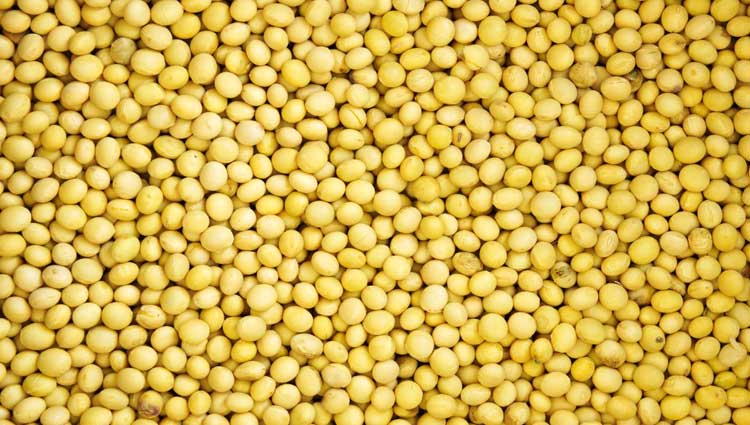
For variation, Buddhist monks would often use toasted soybeans to make dashi. Soybean dashi is a mellow, delicate stock that won’t overpower the flavor of other ingredients in your dishes.
Those who can’t stand neither fish nor mushrooms should definitely give it a whirl. The key to nailing the taste is to toast the beans with utmost care and patience.
4. Iriko or Baby Anchovies
If you do like fish and want that subtle hint of briny, fishy flavor that bonito flakes impart in the broth, try baby anchovies. You may also find them labeled as “niboshi” or small dried fish in many stores.

The boiling and dehydration process involved in the manufacturing of niboshi increases the inosinate concentration, causing a major umami boost.
5. White Fish
A lot of people have been asking around if they can use canned tuna instead of bonito flakes. I’ve to say no. There’s a reason why bonito flakes are traditionally made of skipjack tuna.

Its mellow taste allows the other ingredients to shine. Canned tuna or even mackerel. Their intense fishy flavor could be easily overpowering.
Instead, consider non-oily, subtle-tasting white fishes like sea bass, cod, halibut, catfish, or snapper.
6. Shellfish
Shellfishes like shrimp, prawns, scallops, or oysters can also emulate the mildly fishy, mouthfulness, and richness of bonito flakes.
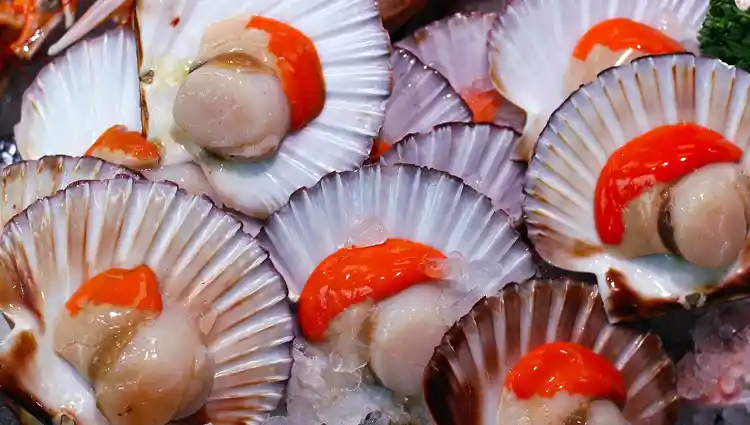
You won’t get the smoky taste from shellfish though, but you gotta make do with what you have.
7. Nutritional Yeast
If you want to improve the texture of your food with something similar to bonito flakes, nutritional yeast would be a good option.

It’s a great topping for an array of dishes. I would recommend getting the yellow flakes instead of granules for that perfect “crunch”.
8. Shirodashi or Tsuyu
Shirodashi is a pre-made dashi base made with light soy sauce, kombu, bonito flakes, mirin, and sugar. Tsuyu is basically the same thing, except with dark soy for a stronger flavor.

It’s perhaps one of the easiest ways to boost the umami of dishes like udon noodle soup, soba, ramen, and somen noodles. I’d use Shirodashi for eggs and rice for its lighter hue and flavor.
In Conclusion
Don’t let the absence of bonito flakes stop you from making a hot bowl of ramen from scratch. Food preference is a very personal thing. So you might have to go through a bit of trial and error before you can find the right bonito flake substitute. Now go, put on our chef hat, and experiment!
